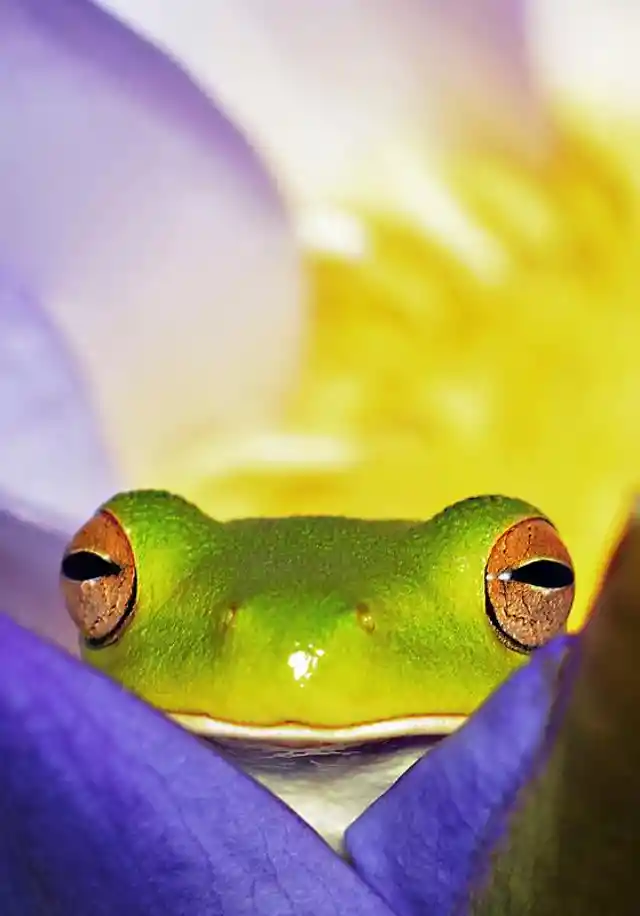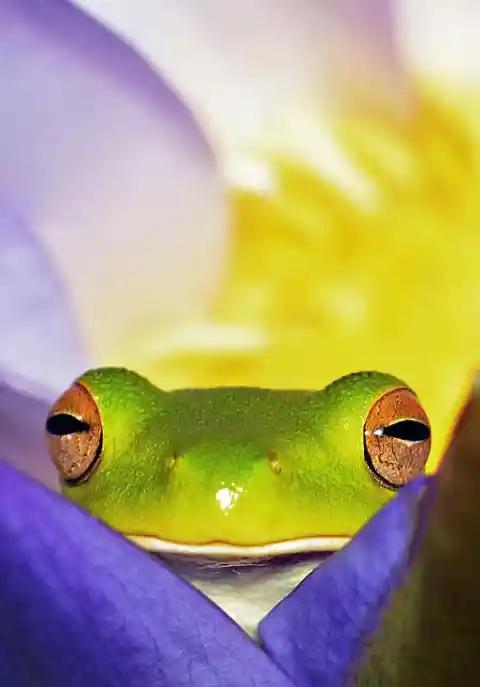While hearts are often associated with love and affection, it's important to remember that not all hearts are created equal, especially in the animal kingdom. Here's a look at some of the unique and fascinating ways that different animals' hearts function:


Whales
The blue whale is the largest animal on earth, and its heart is appropriately massive. It weighs around 950 pounds and is about the size of a compact car. This organ is responsible for pumping blood to the rest of the blue whale's massive body, which is the size of two school buses. When blue whales dive deep into the ocean, their heart rate drops to just four beats per minute, allowing them to extend their dive time and potentially prevent decompression sickness (also known as the bends).
Cephalopods
Octopuses, squids, and cuttlefish are all examples of cephalopods, and they all have three hearts. Cephalopods are also known as blue-blooded animals because copper is present in their blood.
Fish
Zebrafish have the ability to regenerate their hearts if they become damaged. Other fish have distinct hearts that are different from those of humans. In addition to the one atrium and one ventricle that humans have, fish also have a "bulbus arteriosus" (a tube located beneath the ventricle) and a "sinus venosus" (a sac).
Earthworms
Despite lacking a heart, earthworms are able to circulate blood throughout their bodies thanks to five "pseudohearts" located in their esophagus. These pseudohearts constrict veins to help circulate blood, but they do not pump it in the same way that a human heart does. Earthworms also do not have lungs.


Cockroaches
Cockroaches, like other insects, have an open circulatory system, meaning that their blood does not flow through vessels. Instead, they breathe using spiracles (surface openings) located throughout their bodies, which eliminates the need for blood to transport oxygen. Wingless cockroaches have smaller hearts than flying cockroaches.
Frogs
Frogs have three-chambered hearts, with two atria and one ventricle, whereas mammals and birds have four. This difference allows frogs to have a more efficient circulatory system.
As you can see, the hearts of different animals can be incredibly diverse in terms of size, number, and function. From the massive heart of the blue whale to the regenerative abilities of the zebrafish, the animal kingdom is full of unique and amazing adaptations. So while hearts may be most commonly associated with love, they also serve many other important functions in the lives of animals.